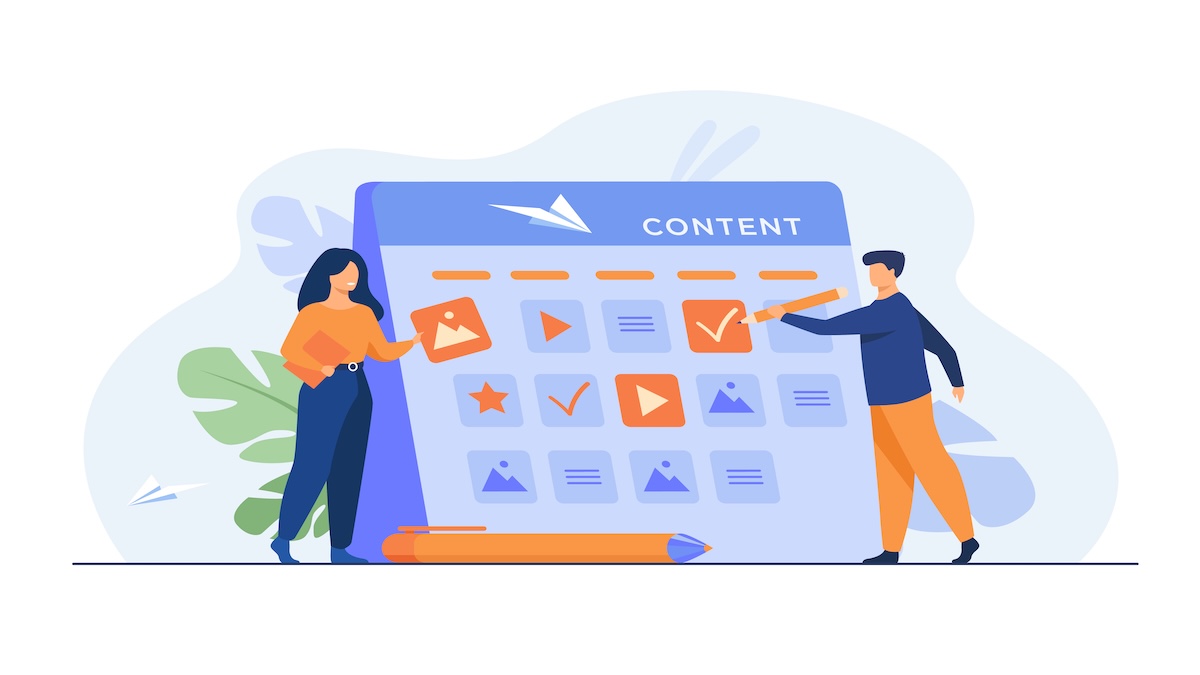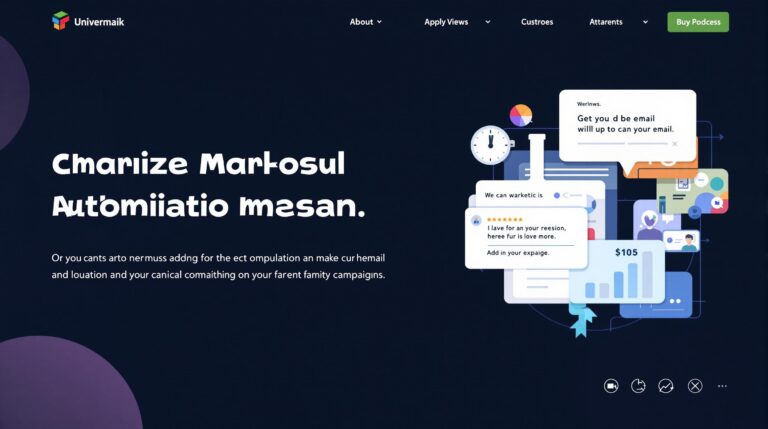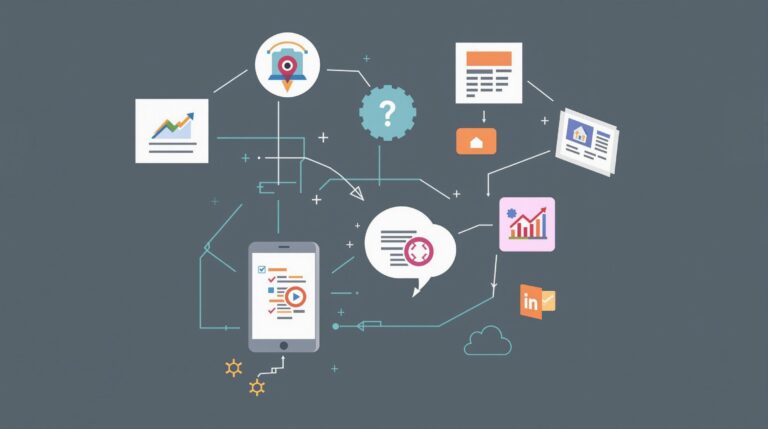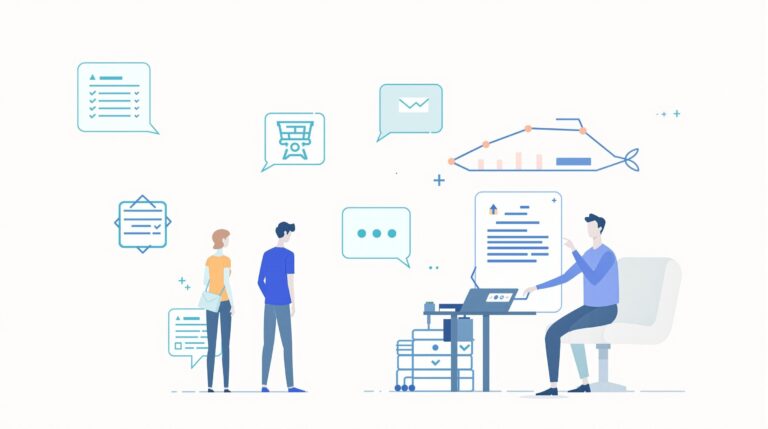How to Automate Your Lead Generation Process with Content Marketing
Lead generation automation empowers businesses to capture and nurture prospects through strategic content deployment combined with powerful technology tools. By implementing automated workflows and intelligent content marketing strategies, companies can dramatically improve efficiency while generating higher quality leads at a fraction of the traditional cost and effort.
Key Takeaways
- Businesses using automation see a 15.3% annual growth rate in lead generation efficiency compared to manual methods
- Automated systems can reduce lead capture time by 60% compared to manual processes, significantly accelerating sales cycles
- Chatbots improve lead response times by 80% with 24/7 screening capabilities, ensuring no opportunity is missed
- Implementing platform-native tools like LinkedIn Lead Gen Forms reduces friction by 40% compared to traditional methods
- Companies earn an average of $5.44 for every $1 spent on lead generation automation technology
Content Marketing: The Automation Foundation
Content marketing forms the critical backbone of automated lead generation. According to HubSpot’s 2024 State of Marketing & Trends Report, 77% of marketers now use AI-powered automation for personalized content creation. This shift represents a fundamental change in how businesses attract and convert prospects.
The true power lies in how content marketing drives organic engagement while seamlessly integrating with automated workflows to filter high-intent leads. When properly implemented, this combination can transform your entire sales funnel from a labor-intensive process to an efficient lead-generating machine.
Manual content distribution methods typically require constant human monitoring and follow-up, creating bottlenecks in the sales process. By contrast, automated distribution can trigger immediate actions based on prospect behavior, reducing lead capture time by an impressive 60% according to LeadsBridge.
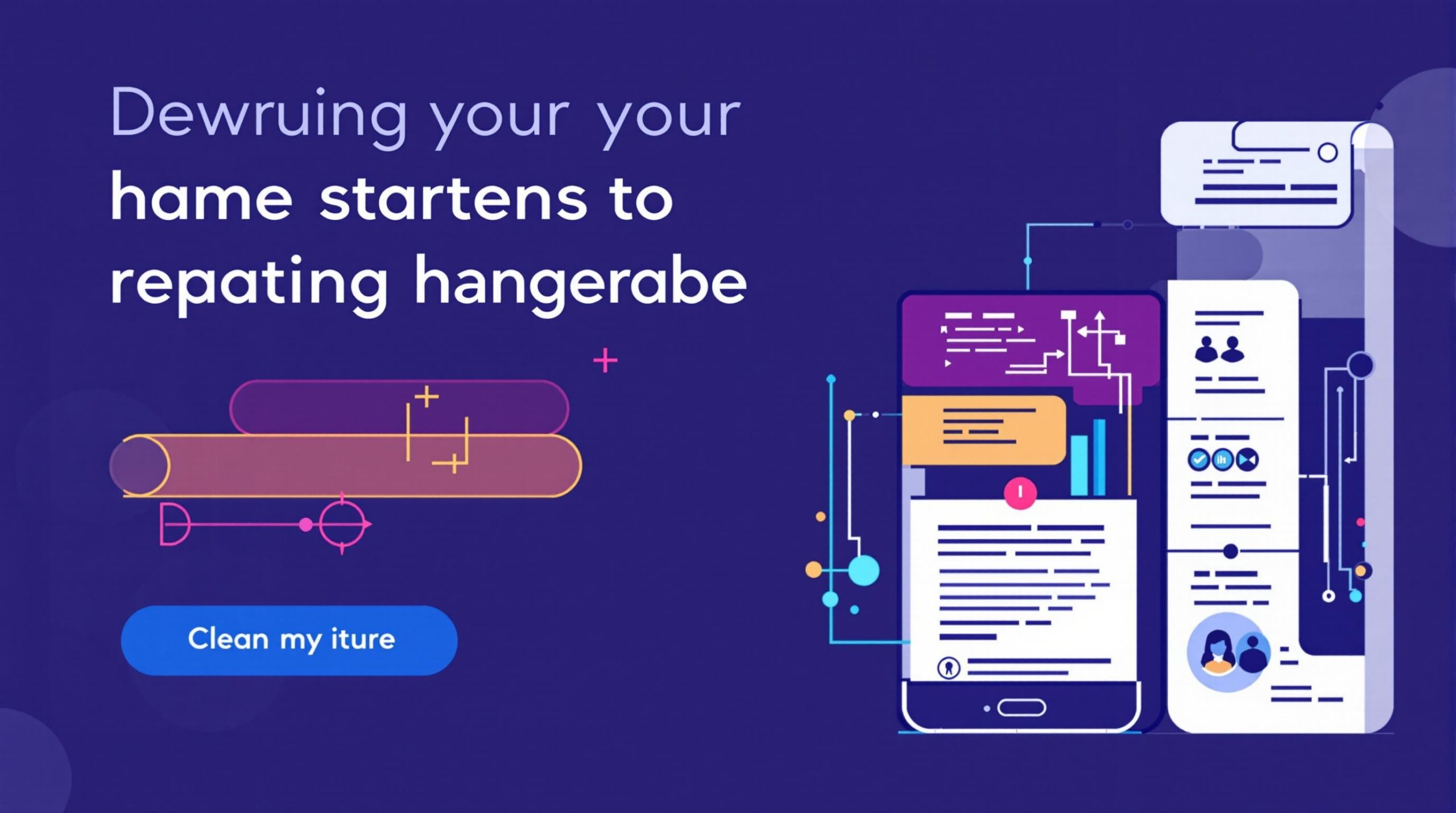
Building Your Automation Tech Stack
To effectively automate lead generation, you’ll need the right combination of tools. The foundation typically includes:
- Customer Relationship Management (CRM) platforms like HubSpot
- Customer service platforms such as Zendesk
- Native lead capture tools including LinkedIn Lead Gen Forms and Facebook Lead Ads
- Lead management systems like VanillaSoft
Companies that implement CRM automation experience a 15.3% annual growth rate in lead generation efficiency according to Cropink. This dramatic improvement stems from the ability to track, score, and route leads automatically based on predefined criteria.
Platform-native tools deserve special attention in your tech stack. For example, LinkedIn Lead Gen Forms reduce friction by 40% compared to traditional capture methods by auto-filling user data from their profiles. This was highlighted in a case study by Simon Kingsnorth showing how IR matched landing page conversion rates despite shorter optimization periods.
Chatbot-Driven Lead Qualification and Nurturing
Chatbots have revolutionized the front lines of lead generation by providing instant engagement with potential customers. These AI-powered assistants improve lead response times by 80% with 24/7 screening capabilities according to LeadsBridge research.
Tools like Drift and Intercom allow businesses to implement sophisticated conversation flows that qualify leads through targeted questions. The results can be remarkable – Llama Lead Gen’s case study with AARP achieved a 61% conversion rate using quiz-based qualifying in their retirement campaign.
To implement effective chatbot qualification:
- Map out your ideal customer profile and qualification criteria
- Create conversational flows that naturally extract key qualifying information
- Set up automation rules to route high-quality leads directly to sales teams
- Develop nurturing sequences for leads that aren’t sales-ready
Beyond initial qualification, automated nurturing through triggered email sequences plays a crucial role. According to Blogging Wizard, 71% of marketers now automate email sequences for lead nurturing, with Zendesk reporting that these triggered emails boost click-through rates by 28% compared to standard campaigns.
Creating High-Converting Lead Magnets
Lead magnets are the powerful incentives that drive form completion and data collection. According to Leadfeeder, well-crafted ebooks, webinars, and templates captured via forms convert 25–35% of visitors into leads.
The American Lung Association demonstrated the effectiveness of this approach, achieving an 80% user retention rate using downloadable resources, as reported by Llama Lead Gen. This impressive engagement stems from providing genuine value in exchange for contact information.
For optimal results with gated content:
- Keep form length between 4-7 fields (the sweet spot for completion rates)
- A/B test form elements to improve completion rates by up to 15% (VanillaSoft)
- Ensure your lead magnet directly addresses a specific pain point
- Create content that establishes authority while being immediately useful
The quality of your lead magnets directly impacts the quality of leads entering your automated drip campaign. Focusing on depth and practical value will attract more qualified prospects than superficial content designed solely to collect emails.
Social Media Lead Generation Automation
Social platforms offer uniquely powerful opportunities for automated lead capture. LinkedIn Lead Gen Forms yield a 56% engagement rate by auto-filling user data according to Simon Kingsnorth’s research. This frictionless experience dramatically improves conversion rates compared to directing users to external landing pages.
The key platforms for B2B and B2C lead generation include:
- LinkedIn (professional audience, higher conversion rates for B2B)
- Facebook (broad demographic targeting, competitive CPL)
- TikTok (emerging platform with strong engagement for younger demographics)
The cost-effectiveness of these platforms can be substantial. For example, LinkedIn ads decreased cost per lead by 46% for CodeSignal according to Llama Lead Gen. This efficiency stems from precise targeting combined with native lead capture tools that eliminate friction points.
For maximum effectiveness, ensure your social lead generation tools integrate directly with your CRM. This creates a seamless data flow from initial capture to sales follow-up, eliminating manual data entry and reducing response time.
Retargeting Strategies for Lead Recapture
Not all leads convert on first contact – that’s where automated retargeting becomes essential. Retargeting improves conversion rates by an impressive 150% for non-responsive leads according to Leadfeeder data.
B2B retargeting achieves particularly strong results, with ads reaching a 9x higher CTR than standard campaigns as shown in Diversity Marketing’s case study. This effectiveness stems from reaching prospects who have already demonstrated some level of interest or familiarity with your brand.
To implement effective retargeting:
- Integrate platforms like Google Ads with your CRM data
- Segment audiences based on their previous interactions
- Create personalized ad content that addresses specific objections or questions
- Implement progressive timing with increasing intervals between exposures
The most effective retargeting sequences gradually adjust messaging based on user behavior, moving from educational content toward more direct conversion appeals as engagement increases.
Measuring ROI and Optimization
The financial impact of lead generation automation is compelling – businesses earn $5.44 for every $1 spent on automation according to Cropink research. This remarkable return on investment explains the rapid adoption of these technologies across industries.
A cybersecurity firm case study from Llama Lead Gen showed even more impressive results, gaining 89 event registrations at just $0.46 per click. When comparing manual versus automated processes, the differences become stark:
- Lead response time: Manual (48 hours) vs. Automated (less than 2 hours)
- Cost per lead: Manual ($52) vs. Automated ($28)
To optimize your automated lead generation system, implement regular A/B testing of CTAs and landing pages. According to VanillaSoft, this approach can boost conversions by 15–20%. Additionally, 61% of marketers use Google Analytics to refine campaigns as reported by Blogging Wizard.
The most successful companies treat automation as an ongoing optimization process rather than a set-and-forget solution. Regular analysis of performance metrics allows for continuous refinement of targeting, messaging, and conversion paths.
Implementation Roadmap: From Strategy to Execution
Transitioning from manual to automated lead generation requires a structured approach. I recommend this phased implementation plan:
Phase 1 (First 30 days): Implement your core tech stack and establish baseline metrics.
- Select and integrate CRM and marketing automation platforms
- Create initial lead magnets and gated content resources
- Set up basic form capture and email nurturing sequences
Phase 2 (Days 31-60): Expand your automation capabilities.
- Implement chatbot qualification systems
- Deploy social media lead generation campaigns
- Establish predictive lead scoring based on initial data
Phase 3 (Days 61-90): Refine and optimize the entire system.
- Begin retargeting campaigns based on behavior data
- Implement A/B testing across all touchpoints
- Refine integration between marketing and sales processes
Throughout this implementation, avoid common pitfalls like overwhelming prospects with too much automation too quickly. The goal is to create a system that feels personal and responsive despite being largely automated.
By integrating content marketing with intelligent automation, you can create a lead generation system that not only captures more prospects but also nurtures them more effectively through the AI-powered email marketing funnel. The result is a predictable flow of qualified leads without the constant manual effort traditionally required.
Sources
LeadsBridge – Automated Lead Generation

